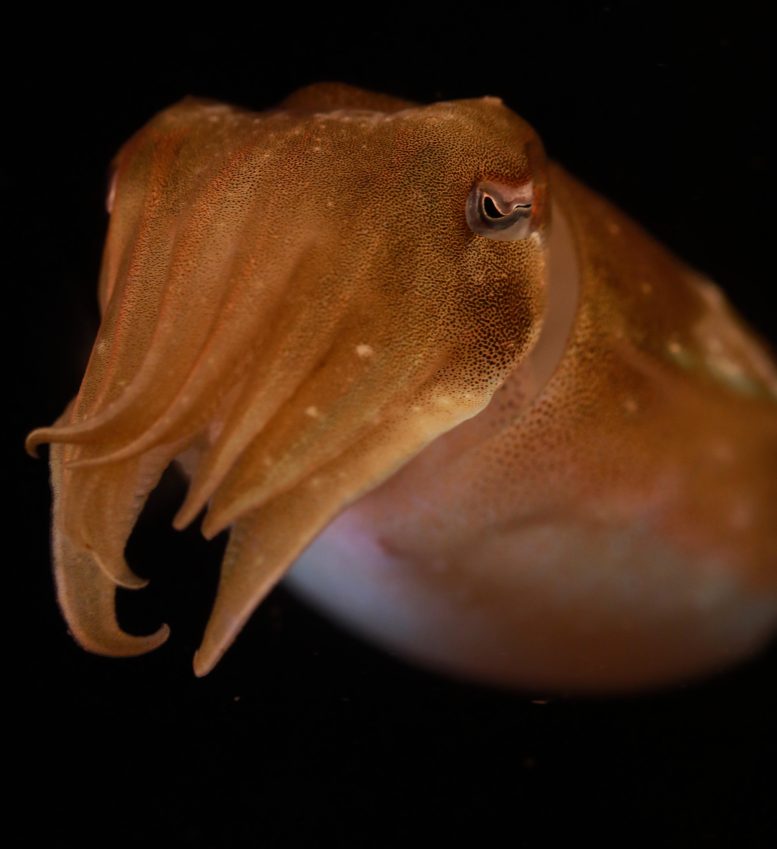
New mapping of the cuttlefish brain could explain how, and why, the marine animal employs its distinct camouflage ability. Credit: Dr. Wen-Sung Chung / Queensland Brain Institute
Researchers from The University of Queensland (UQ) and the Queensland Brain Institute (QBI) have uncovered new insights into the cuttlefish brain, offering an explanation for the marine animal’s unique ability to camouflage. The neuroscientists have created the first-ever detailed map of the cuttlefish brain structure and neuronal network, opening up a new avenue of discovery.
“Much of our understanding of the cuttlefish brain has been based on a single species, the nocturnal European common cuttlefish,” Lead author Dr. Wen-Sung Chung from QBI’s Marshall Lab said. “We wanted to fill in the gaps of this knowledge by focusing on selected cuttlefish which are active during the day and further compare with other species from the Mediterranean and Indo-Pacific regions.”
The research team from The University of Queensland’s Queensland Brain Institute utilized gross anatomy and Magnetic Resonance Imaging (MRI) to monitor alterations in the visual and learning areas of the brain and compared their findings with those from other cuttlefish species to develop a comprehensive brain connectivity map.
“What we discovered was the neuronal network which involved chemosensory function and body patterning control, which enables the cuttlefish to use in foraging and its camouflage,” Dr. Chung said. “We also discovered that the brain adaptations reflect the requirement of their daily life regarding ecology and habitats.”
The map of the brain structure could also help researchers understand the evolutionary pathway of the cuttlefish brain and, in turn, possibly gain insights into the evolution of our own brain.
“This research adds to our growing understanding of the cuttlefish brain along with our recent discoveries in the brains of octopus and squid,” Dr. Chung said. “It suggests that the brain structures can be used to investigate the evolutionary history of cephalopods. And by understanding the brain structures and networks of other animals, we can start to perceive more of the forces that shaped our brain.”
Reference: “The brain structure and the neural network features of the diurnal cuttlefish Sepia plangon” by Wen-Sung Chung, Alejandra López-Galán, Nyoman D. Kurniawan and N. Justin Marshall, 21 December 2022, iScience.
DOI: 10.1016/j.isci.2022.105846
The study was funded by the Australian Research Council, the Office of Naval Research Global, and the National Council for Science and Technology of Mexico (Consejo Nacional de Ciencia y Tecnología – CONACYT).

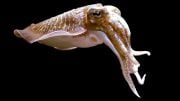
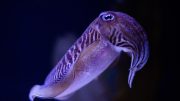
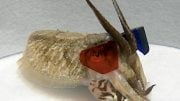
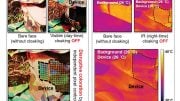
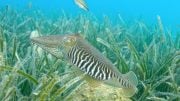
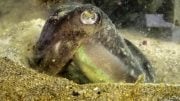
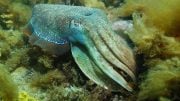
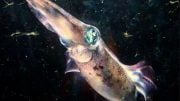
Be the first to comment on "New Brain Map Reveals Secrets of Camouflage"